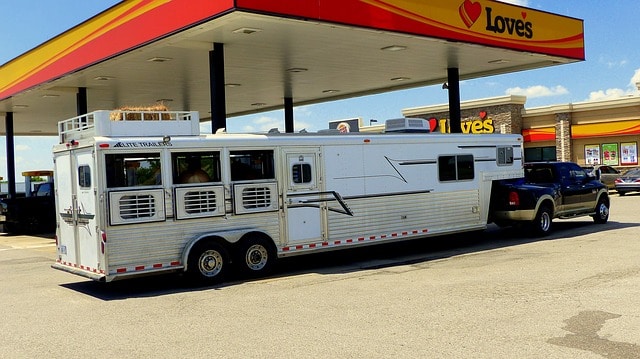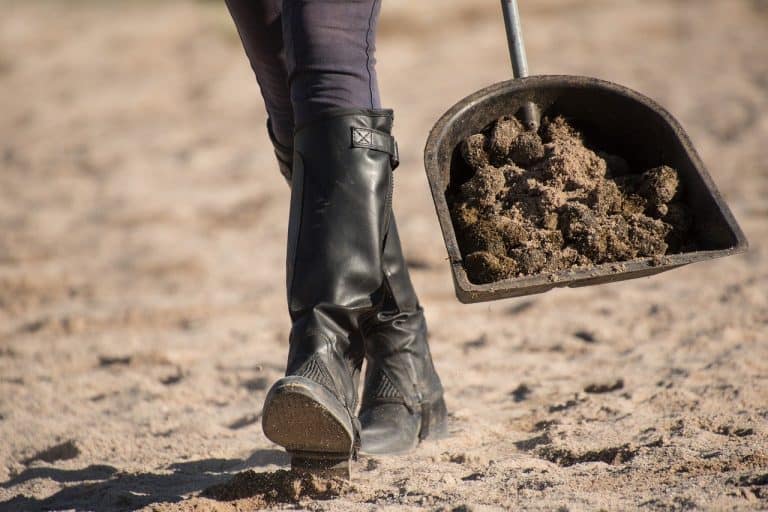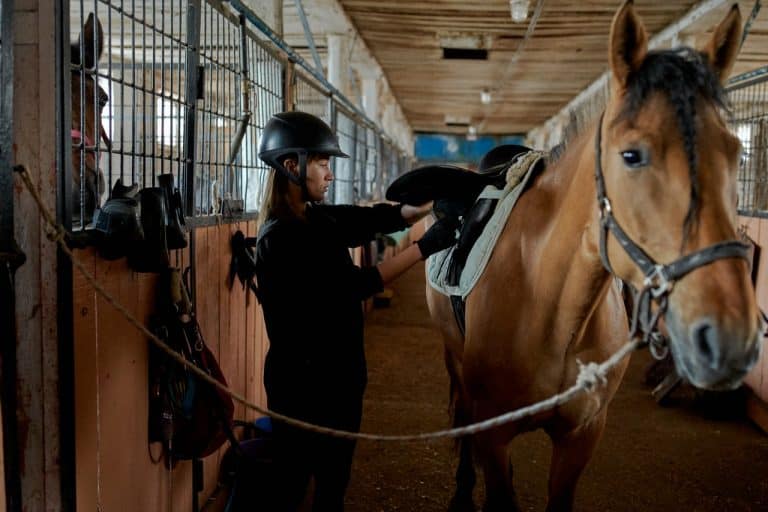Streamline Your Processes Saves Time and Money
Today is payday at Pony Paddock and I am reminded of how workflow and efficiency can affect your bottom line. I have two employees and a working student who help with barn chores. One of my employees moves in slow motion. He is great with the horses and the clients. He does a good job. But it takes him 4 ½ hours to do what my working student or I can do in 3 hours. This hour and a half adds up. He feeds 5 times per week. So, he gets an additional 7 ½ hours per week at $12 per hour. The $12 per hour means it cost me $16 per hour. Or $121 per week or $6000 per year.
This is not really an employee issue. It is a management issue. When I first got to a point where I could have employees feed and clean stalls, I would just tell them that they would eventually work out their own system. I would have them learn the process the way I do things. And them allow them to change it so it “made sense” to them. And they did. I, however, forget that they get paid by the hour and I don’t, so their systems are not going to be as efficient as mine. And everybody working their own system lead to forgotten task.
Sometimes employees don’t understand the “why” of what has to be done. So, it is not important to them. And with everyone doing things differently some things are forgotten. I also realized that if everyone does feeding “their own way” I would be the only person who could train a new employee. And just in case, we are confused about this, there is no routine if everyone does it differently. And so I decided to use some workflow diagrams the help streamline our “routines”. Because time is money, and I don’t have a lot to give away.
There are several systems within every barn that deserve a workflow diagram. Feeding is one of them. A workflow is a repeatable process that consists of a series of tasks that need to be completed in a specific sequence. Workflows are useful for ensuring that important processes are done correctly every time. Workflows help streamlined manual tasks, reduce errors and reduce forgotten steps. Workflows reduce time lost by ensuring that everyone does the steps in order. Studies show that employees are happier with a set process. Having a set process helps to alleviate forgotten medications or even missed water buckets. Workflows also increase control and improve work culture while making those processes flow smoother. They also increase trust because you as a supervisor are not always watching and guessing as to what your employees are up to.
As an industry, there is not much we can automate, other than scheduling and payroll. So, we need to look at workflows. How can we make our farms run more efficiently? The best way to do this is to diagram the process. There are lots of software available to help you diagram the process. But let’s be honest, we are horse people and computers are not our thing. So, feel free to diagram with a piece of paper and a pencil. If diagrams and charts scare you just take a sheet of paper and draw a map of your farm. Start where you would normally and draw lines that indicate your feeding routine, insert notes where you do certain chores. When you are done, look at how many times you when over the same line. How many times do employees walk back and forth to the feed room? Or up and down the barn aisle. And when you think it makes since to you and flows, have someone who has never done the process walk through it while you watch.
When I think of feeding or any routine I want to take as few steps as possible. If I have to take a horse into barn A, is it possible to take another horse out on my way back? If I have to take a horse out to the front field, what can I do on the way back the will save me steps. I want to go into the feed room one time. If I carry a halter with me when I take hay to horse A, can I bring horse B into the barn on the way back? I think most of us do this without thinking. Because as a business owner we never have enough time. But employees may not.
So I created a workflow diagram of our feeding system. And then I walked through the process with each of my employees, emphasizing that feeding would be done according to the workflow process. I printed the workflow diagram out and put it in my “Bus Test” notebook. The phase: “Optimum time: 3:00 hours” in bold at the top of the page.
What other processes can be streamlined by using workflow diagrams?
- Employee training
- Young horse starting (to some extent)
- New student introductions
- your entire lesson process
Another benefit of having this workflow in place is a new hire can be trained by any current employee. This allows you to work in other areas like teach or ride.
It is eye-opening to diagram what we do. There is so much that we do without thinking. And when we diagram the processes we are able to streamline tasks, reduce errors and save time and money.
If you need help evaluating your work processes email me at Molly@ordinarydressagerider.com or click the link below to schedule your free initial consultation.






